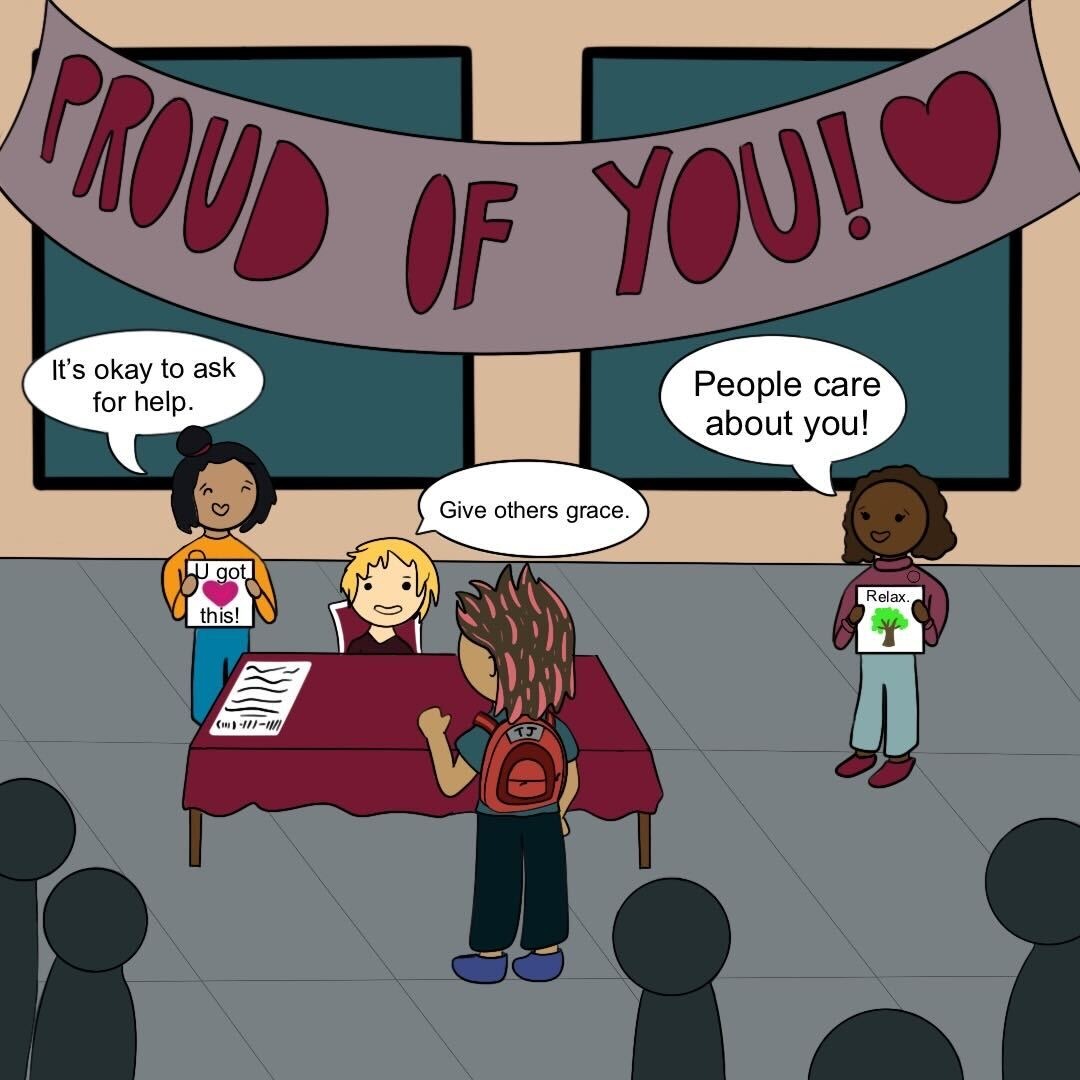Throughout the month of March, Texas’ capital city was alarmed as a deadly wave of bombings was unleashed.
The terror ended abruptly when SWAT officers cornered 23-year-old culprit Mark Conditt outside Austin, where he detonated a final bomb, killing himself. Prior to Conditt’s death, Austin’s Police Chief, Brian Manley said, “We’re not ruling out hate,” meaning the attacks could be racially motivated as the violent spree claimed the lives of two men, Anthony Stephan House and Draylen Mason both African American. An African American woman, and an elderly Latina woman were also injured.
Authorities ruled out this theory of racial motivation because Conditt did not mention hate or terror as motivations for his inexplicable violence in the 25-minute confession video he left behind. In fact, authorities have failed to categorize the three weeks of terror and anxiety Conditt unleashed on the city of Austin as terrorism.
“He does not at all mention anything about terrorism, nor does he mention anything about hate,” Manley said. “But, instead, it is the outcry of a very challenged young man talking about challenges in his personal life that led him to this point.”
The sympathy in this statement is astounding, an ultimate display of white privilege. Figures in power tend to show empathy and allow the benefit of the doubt to be extended to those who they can identify with. In other words, the white, Christian, homeschooled bomber that sent bombs throughout a city, killed two people and severely injured several others was not a terrorist but simply a troubled young man led to senseless violence by life’s hardships.
If he was a brown Muslim, there would be no question that this bomber would be labeled a terrorist. There would be no speculation into his upbringing or interest in the challenges life presented him.
When Stephen Paddock was identified as the gunman who rained a storm of bullets down on a Las Vegas concert last fall, the media flooded stories about the poor “lone wolf.” The same sympathetic tone has been attached to the lives of other mass killers who acted alone, including movie theater shooter James Holmes, a white man who killed a dozen people in a movie theater shooting in 2012. White criminals are extended an unnerving amount of sympathy and understanding that simply does not exist even for victims of other races.
Despite recovering a list of future targets the bomber intended to strike and a 25-minute video in which he details the intricacies of each bomb he made to torment an entire city, this man is not labeled a terrorist. Authorities say this failure to label these bombings as terrorism comes from a lack of clear motivations- allegedly there was no political or ideological agenda behind the attacks.
The U.S. Code of Federal Regulations defines terrorism as “the unlawful use of force and violence against persons or property to intimidate or coerce a government, the civilian population, or any segment thereof, in furtherance of political or social objectives.”
Authorities warned citizens of Austin to avoid opening unexpected packages. People stayed in their homes, changed their daily routines and avoided certain areas of the city, fearful of being the attacker’s next target. This clearly fulfills the definition of terrorism under federal law, in that intimidating or coercing a civilian population into fearing the city they live in is a social agenda.
Any person who wages a campaign of terror and violence spanning for weeks as Conditt did is a menace to American society. The Austin bomber was a terrorist and should be called such. The only thing preventing this label appears to be that he is not Muslim.
– Temi Ikudayisi is a public relations senior
Categories:
Austin’s bomber was a terrorist
March 28, 2018
0
Donate to The University Star
Your donation will support the student journalists of Texas State University. Your contribution will allow us to purchase equipment and cover our annual website hosting costs.
More to Discover







